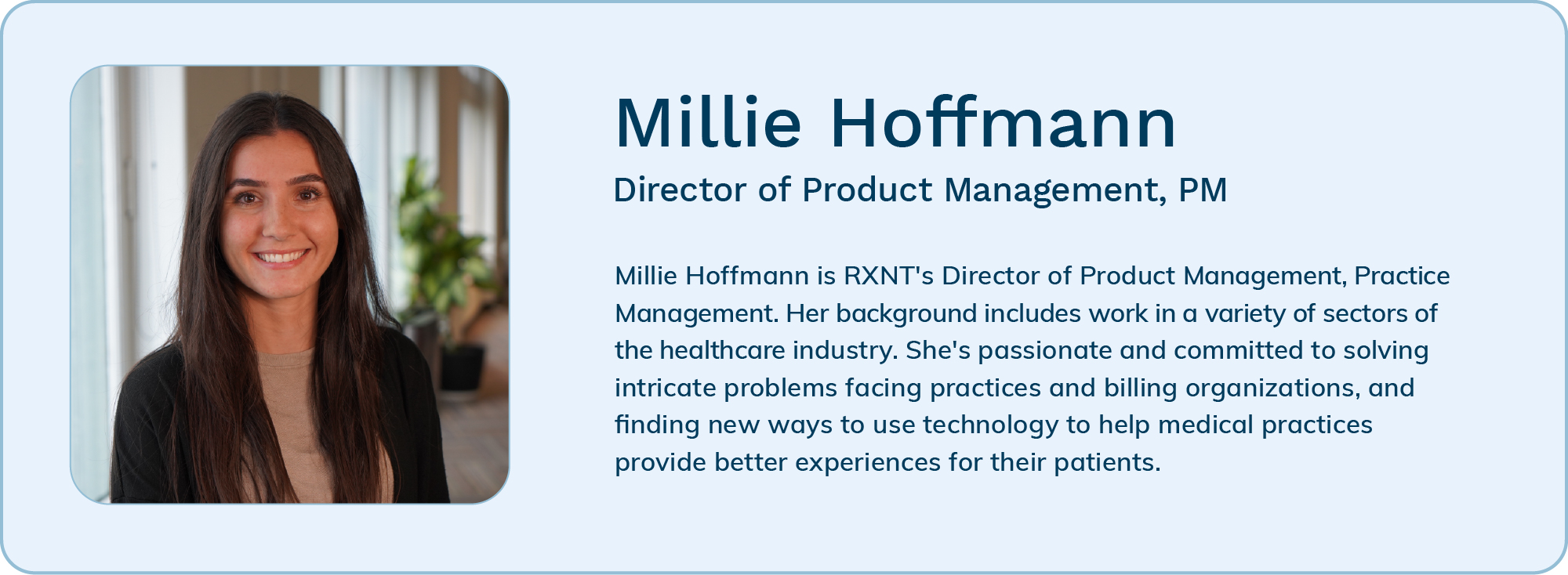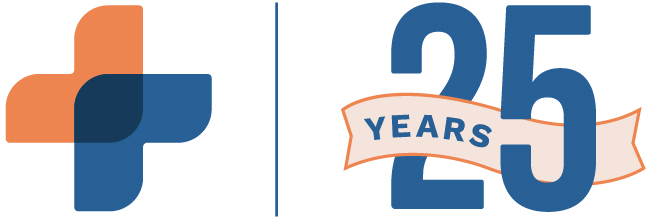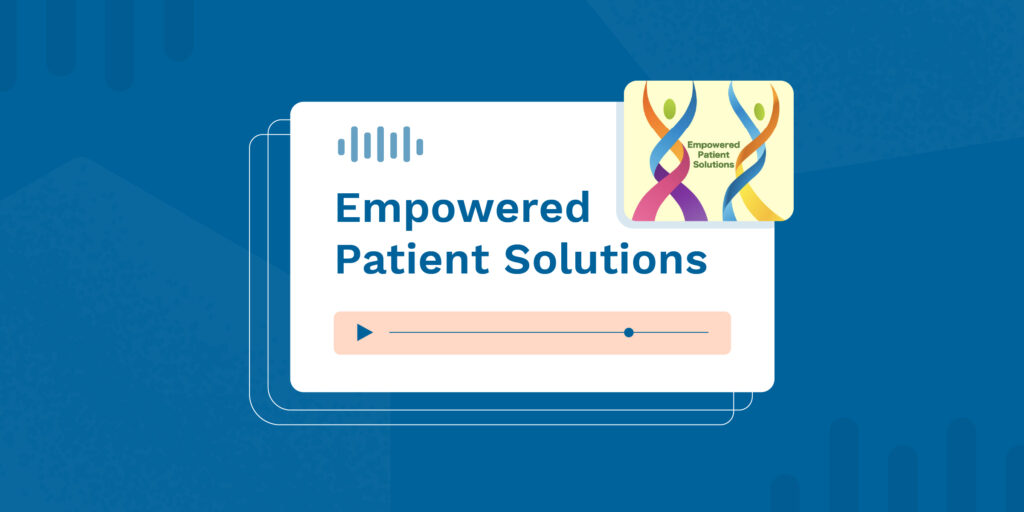Without properly tracking and monitoring the right data—and creating a full picture of your practice’s operations—you could be sinking your revenue cycle. In this article, we’ll dive into RCM data and how your practice can collect and track the best metrics for an accurate view of your financial health.
Medical practices have their own health status, and financial health is one representation of a practice’s well-being. Understanding how to manage revenue cycles is critical to maintaining the financial wellness of your practice. The process known as revenue cycle management (RCM) comprises multiple types of data, each of which fits together to provide a bigger picture of how a practice operates financially.
Without properly tracking and monitoring the right data—and creating a full picture of your practice’s operations—you could be sinking your revenue cycle. Data is a lifeline for modern medical practices, but it can be overwhelming if you don’t know where to start or how to leverage these powerful tools. In this article, we’ll dive into RCM data and how your practice can collect and track the best metrics for an accurate view of your financial health.
Understanding Your RCM Data
What is RCM data? RCM data combines administrative, business, and clinical components into key analytics. Some examples of this data are total charges, collected payments, denials, and collection rates. Failing to track and understand RCM data can lead to suboptimal billing processes, reduced cash flow, and lost revenue.
Practice and Activity Data
Next, we have practice and activity data. At a high level, this information encompasses data related to patient visits, appointments, treatments provided, and patient satisfaction. Practice and activity data are key to track to improve overall practice efficiency, resource allocation, patient satisfaction, and retention rates.
Revenue Data
Of course, revenue data is at the heart of RCM data. Tracking this data provides a comprehensive view of your practice’s income and helps drive more strategic decision-making around the services that provide the greatest revenue. You may lack visibility into profitable services and payer performance if you don’t track this data.
Aging
Aging data allows you to track outstanding balances for patients and insurance companies. This information is based on the date the charge was entered into the system and categorizes outstanding receivables into aging buckets (e.g., 0-30 days, 31-60 days, etc.). Why does this data matter? It’s critical for managing follow-up on unpaid claims and invoices. Not tracking aging makes it more challenging to evaluate how effective your claims, billing, and collections processes are.
Claim Submissions
For this data type, you track the number of claims submitted, including the data submitted, amount, patient details, and service codes. Related data points to track include clean claims rate, first-pass resolution rate, and days to payment. Tracking claim submissions helps verify that all services provided to patients are submitted to insurance companies or other payers. It can also be used for financial forecasting and revenue recognition.
Claim Rejections
In any practice, you’ll encounter claim rejections. It’s important to monitor rejections to identify coding errors, correct missing information, and note payer-specific requirements. Practices often track rejection patterns to avoid future claims rejections. A lackluster rejections tracking process can disrupt cash flow, delay revenue, and lead to noncompliance.
RVUs (Relative Value Units)
This metric quantifies the value of medical services based on resource costs such as physician work and practice expenses. It helps compare the productivity of different providers, determine compensation, and set pricing. Without RVU data, assessing provider performance to set compensation can be challenging. It can also lead to missed opportunities to make strategic pricing decisions.
Best Practices for RCM Data Collection
Now that you know the types of data to collect for revenue cycle management, let’s review the best practices for collecting this information. Integrating these practices into your operations can help you leverage this data to its full potential.
1. Collect information at pre-registration
To set your practice up for success, build in collecting RCM data from the start. One way to do this is through pre-registration or collecting information from the patient before they arrive, such as:
- Name
- Sex
- Date of birth
- Insurance provider and coverage
- Medical history
- Current medications
Collecting this information upfront is important for more than processing claims. It also informs how you collect patient payments. It’s essential to communicate to patients why you’re gathering this information so they can understand the process. Patients often share a greater responsibility toward payments today, so informing them upfront is key.
2. Promptly collect payments
Patient payments should be collected as soon as possible, but doing so can be complex. To assure prompt payment, you’ll need information regarding the patient’s insurance provider and coverage, as well as accurate, up-to-date contact information to engage them with alerts and reminders about payments.
3. Track claims from beginning to end
Practices should track claims from submission to payment to determine the reason for a rejection or denial, as well as understand trends related to that service or payer. As you track claims throughout their lifecycle, you can break them down by payer, service, or provider to pinpoint trends. This will also allow you to determine common errors and make plans to correct them through staff training.
4. Create a financial health dashboard
Bringing RCM data into one central location can help increase visibility and drive strategic decision-making. One way to achieve this goal is by aggregating data, which gives you a comprehensive view of what is and isn’t working through benchmarks and analytics. Consider building financial reports from this information to track revenue trends, profitability, and cash flow. You may want to create multiple dashboards with customized views for each key stakeholder in your practice.
5. Train staff to drive continuous improvement
As you uncover opportunities for improvement and optimization, plan staff training around those areas. You may want to prioritize methods to reduce coding errors or recognizing trends in the data. Consider also how your training methods will evolve as you add new services, processes, and providers and how they will adapt to the changing healthcare landscape. Regularly adapting your training methods can keep your staff up-to-date while continuously improving your practice’s operations.
The value of RCM data cannot be overstated. As you track each type of RCM data, you’ll uncover areas that can be improved, optimized, and capitalized upon. Maintaining the financial health of your practice will also improve its operational health and positively impact other areas, such as patient experience and satisfaction. Continue to leverage this information with an eye toward practice growth and success.
As you capture the data, consider ways to use it for better decision-making around your practice goals. RCM data is most effective when it is integrated with mission-critical objectives. A practice management system can help you effectively collect this information, streamline associated tasks, increase revenue capture, and boost the overall efficiency of your RCM processes.






